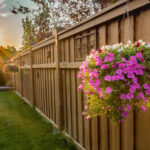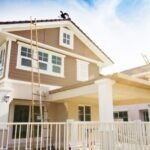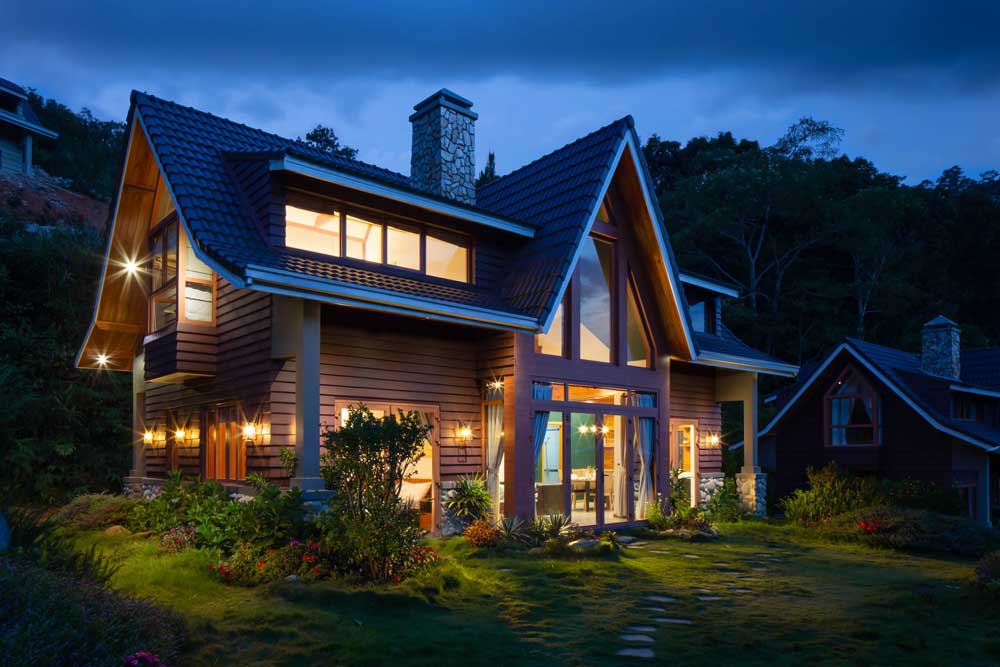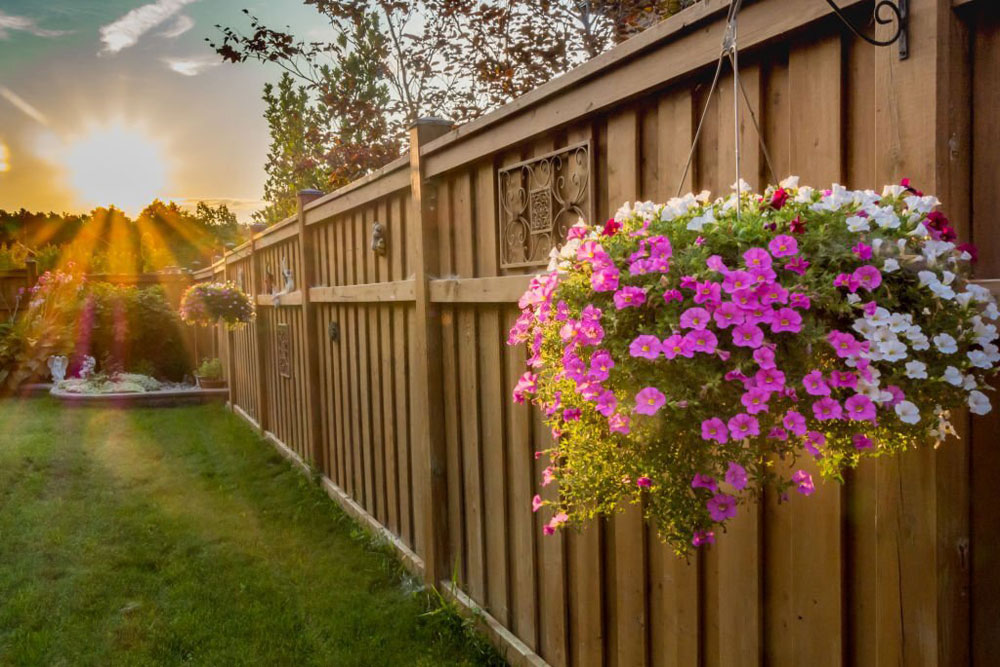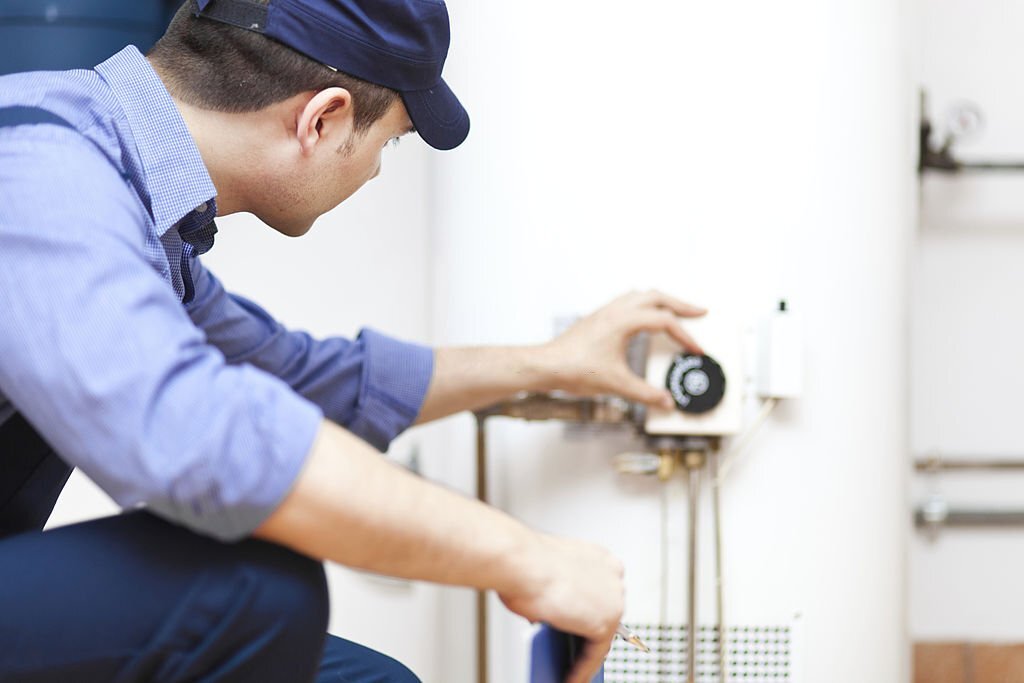Planning to build a sustainable home that isn’t just about using natural materials? This article can help you by giving tips on making a home that’s part of its environment rather than disturbing it.
What is a sustainable home?
As we discuss how to start building a more sustainable home that makes the most out of your natural surroundings, we should first describe what exactly counts as a sustainable home.
The simplest way to describe it would be that a sustainable home was built using sustainable materials and construction practices. Aside from that, a sustainable home continues to be sustainable based on the lifestyle of the people using the house.
It won’t count as a sustainable home if the people living in it continue to be wasteful and negligent with their interactions with the environment around them, hence why sustainability is both a practice and a lifestyle.
In constructing a sustainable home, you must start by looking at the materials.
You should ideally use materials that come from reputable and eco-conscious sources. Aside from that, the maintenance of the home itself should be relatively inexpensive. It also shouldn’t generate a lot of waste.
Connecting with contractors and builders who know how to achieve your dream sustainable home through sustainable construction processes is also a good idea.
All-in-all, these should contribute to creating a durable home that doesn’t damage the environment around it and is closest to it to make, and it is still a comfortable and beautiful home to be in.
Now that you know what makes for a sustainable home, let’s cover the different ways to start building that one.
Find the correct location
A crucial step you should pay attention to when trying to build your home in an environmentally friendly way would be the location of the home you want to develop.
The environment and surroundings of the land your home stands in should affect how you want to build your home. Ideally, you shouldn’t excessively damage the surroundings to accommodate your home.
Also, you want to find the right location because it helps you make the most out of what you have. It can manifest in different ways, such as in how you can make the most of the natural light that gets to your home.
When your neighborhood gets a lot of sun, you can consider incorporating solar power into your home.
Your home’s location also can affect how eco-conscious your home’s construction process can be.
If the materials you want for your home aren’t from the locality, you must get them transported from somewhere else. The farther they are from you, the more resources you’re expanding to get these materials to you, which isn’t the most responsible thing to do.
Finding the right location and taking the time to research things first will make it much easier to make the most out of your natural surroundings while being eco-conscious about your impact on them.
Rethink your floor plan
If you already have a pre-built home but want to optimize it to get the most out of your surroundings, consider planning the floor plan again. Getting the help of a professional can make it easier for you to understand whether your new floor plan works and is genuinely maximizing what you can get from your surroundings without damaging it.
For easier collaboration, you can use construction software to create and collaborate with your general contractor to create a floor plan that satisfies you. You can change the floor plan as you discuss it and see how it could look for you once everything is finished.
One of the reasons why you should rethink your floor plan is because it may enable you to make the most out of your natural light. By creating a floor plan that makes the most out of your natural light, you can spend less resources, like energy and even money, on your electricity bill from lighting.
Use earth-friendly materials
When discussing earth-friendly materials for your home, we discuss finding resources that can renew themselves faster and those that aren’t resource-heavy to use, maintain, or get.
That qualification means getting a renewable resource as a material, but getting it to your location requires a lot of transportation and processing. It may not be the most earth-friendly material for your specific use.
Many different earth-friendly materials exist, such as bamboo, stone, cork, and more. However, it’s always better to look at some of the local construction materials accessible to you first instead of just opting for the first earth-friendly material you can think of. That way, you don’t have to spend a lot of money on transporting these materials to you as well.
Design with landscape in mind
You may inevitably need to do some major landscaping work and changes to the land around you to make your home. However, there have been plenty of instances where homeowners built their homes with the landscape around them in mind, where they made a home that adapted to the landscape around it instead of the other way around.
You can also look into your landscaping after the house is constructed. For example, if you’re going to add plants to your landscaping, it’s best to get plants native to the area instead of bringing in new ones from wherever.
Also, another sustainable way to landscape your home is to find ways for rainwater to absorb and penetrate the land around you better instead of creating surfaces that let the water run off of it. Better yet, consider finding ways to collect the rainwater for your use later on, like with the help of rain barrels.
Choose energy-efficient appliances
Another way to reduce the impact of your appliances would be by looking for energy-efficient alternatives. Luckily, many manufacturers of these appliances are aware of the increase in consumer interest in energy efficiency, so it’s easier to find energy-efficient appliances.
For one, it’s been standardized by regulating bodies, so you can easily pick out the ones that have their approval.
This regulation has manifested notably through the appliances’ energy labels. Just check their efficiency ratings to see whether they are efficient with energy usage. Usually, the higher the efficiency rating, the less energy it uses to do the work it needs.
Save water with low-flow fixtures
Telling people to conserve water is one thing, but using low-flow fixtures can help make that a reality.
If you don’t know what it is, low-flow fixtures usually add aeration to your water flow so that you don’t spend as much water as you do whatever you need to when using these fixtures. Sometimes, they use less water instead of aerating. Either way, they constrict water usage to an acceptable degree so that you don’t use as much water as you would.
What’s great about this is that you can lower water usage without controlling how everyone you may live with uses the water. Aside from that, you don’t have to modify your habits since the water conservation aspect is what these fixtures do for you.
Grow a sustainable organic garden
If you’re the type of person who has a green thumb, then you should consider growing a sustainable organic garden. An organic garden is a great way to feed your desire for gardening while getting something out of it that has a more practical use, like crops that you can use for cooking.
(That doesn’t mean you should only plant things in your garden for practical use. Some can be for your enjoyment.)
What’s excellent about planting and gardening is that it’s a great way to reduce your reliance on grocery stores that may be using plastic packaging. Also, it’s a great way to support the local ecosystem, as other creatures can benefit from the presence of your garden, like birds, bees, and the like.
Include passive design principles
You should include passive design principles when building a home that harmonizes well with its natural surroundings. Passive design is a home design principle that aims to have your home use as much of the environment as possible to maintain the internal temperature of your home.
Instead of relying so heavily on your home’s air conditioning to cool down or heat your home, you can use passive design to get a cool house in the summer and a warm home in the winter. Of course, having the right professionals and design team will significantly help you achieve that.
Install a rainwater harvesting system
We mentioned this method earlier. We discussed designing with the landscape in mind, but it bears repeating.
If you often get rain in your area, installing a rainwater harvesting system is a great choice. That way, you’re reducing how much water you use from the tap during the dryer months that don’t get a lot of rain.
With an entire rainwater harvesting system, you don’t have to use that rainwater to water your plants. The system can filter the water so that you can use it for washing machines and flushing toilets.
Plant trees or install shading devices
As much as possible, consider planting trees around your vicinity for that natural cooling and shade away from the sun. It will make your area more beautiful, and the shadow it provides during the warmer months will be a welcome respite. Plus, you’ll also reduce your reliance on air conditioning during these months.
Conclusion
These tips can help supplement your goal of building a sustainable home that doesn’t disrupt the natural surroundings. Although there’s more to building a sustainable home than just the tips on this list, keeping them in mind will still be a huge help to create a comfortable home that doesn’t have egregious effects on the environment around it.




